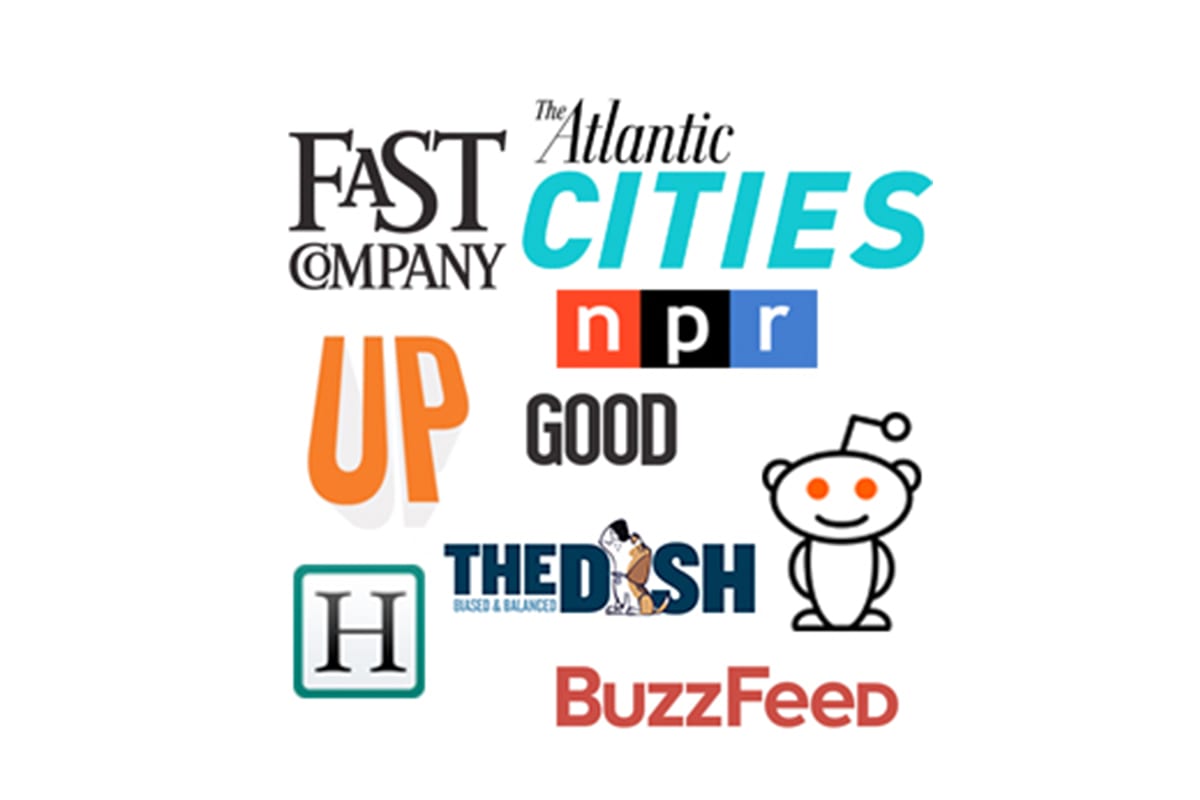The “New Normal” for Reaching Your Audience
By Janet Firshein, August 28, 2013

Getting a story in the highly influential New York Times has always been viewed as the Holy Grail of communications. But as NPR’s Ari Shapiro reported recently on Morning Edition, the quickly shifting media environment and the ever-multiplying channels of communications have forced communicators to be much more strategic and thoughtful about how to engage the right audiences. What that means for public relations professionals is that legacy media like the Times, the Washington Post, the Wall Street Journal and others – while still critically important – are not the only game in town, and in fact, may not always be the first outlets you target to communicate your message.
A case in point: President Obama recently sat down for an interview with Zillow.com, the country’s leading website for selling homes, because he wanted to talk about affordable housing with people who care about that issue. Meanwhile, he hasn’t done an interview with the Washington Post for four years, and he only just sat down with the New York Times for the first time in three years.
As Stephen Livingston, professor of media and public affairs at George Washington University, said in that NPR interview, Obama employed a necessary strategy – going directly to your audience. Anyone who wants to communicate a message should be thinking comparably. There are so many ways to acquire information today and there are many different sources that people rely on to learn about issues they care about. That means going after some unconventional and non-traditional places for your message can often yield great results.
Recently, FastCompany.org and Andrew Sullivan’s The Dish highlighted a Brookings Institution report on the spread of suburban poverty and featured a video we produced examining the causes for this shift from cities to suburbs. The video was picked up by Upworthy, a popular site that showcases video stories on important issues with the motto, “Things that matter. Pass ’em on.” The video jumped from 2,000 views to more than 60,000 in just two days.
Another example: With a series of City Maps highlighting dramatic differences in life expectancy between people living in nearby communities, the Robert Wood Johnson Foundation Commission to Build a Healthier America reached a critical audience that cares about place-based solutions for improving health through the well-read blog, The Atlantic Cities. This placement offered opportunity for this story to spread, not just wide and far, but directly to the people who can use this information to take action.
For us at Burness and for all of our partners, this change represents an exciting “new normal,” and a huge opportunity to advance social change with highly targeted communications.